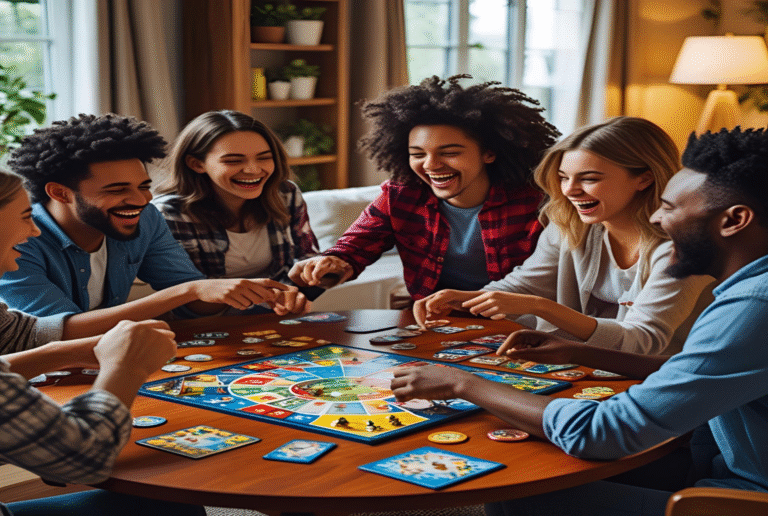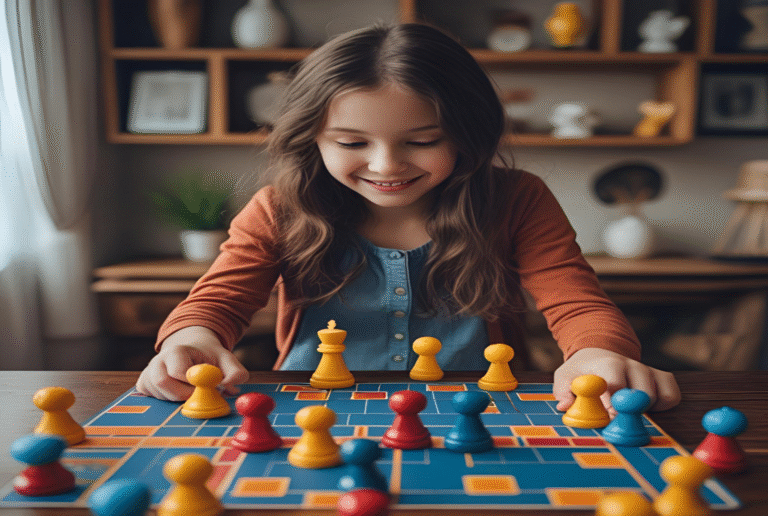Fun and Function
Fun and Function: Merging Joy with Purpose Across Life’s Dimensions
Fun and Function In our daily lives, the concepts of “fun” and “function” often seem to occupy separate realms—one associated with leisure and enjoyment, the other with utility and purpose. However, when these two elements converge, they create experiences that are both enjoyable and meaningful. This article explores the intersection of fun and function across various domains, illustrating how their integration enhances our experiences and well-being.
1. Understanding ‘Fun’ and ‘Function’
1.1 Defining ‘Fun’
“Fun” refers to activities or experiences that provide amusement, enjoyment, or pleasure. It’s a subjective experience, varying from person to person, and is often associated with playfulness, spontaneity, and creativity.(Wikipedia)
1.2 Defining ‘Function’
“Function” pertains to the practical purpose or intended use of something. In design and daily life, function ensures that an object or activity serves its intended purpose effectively and efficiently.
2. The Synergy of Fun and Function in Design
In design, the integration of fun and function leads to products that are not only useful but also engaging and enjoyable to use.
2.1 The Principle of ‘Form Follows Function’
Coined by architect Louis Sullivan, the principle “form follows function” suggests that the design of an object should be primarily based on its intended function. This concept has been fundamental in architecture and industrial design, emphasizing that aesthetics should not compromise usability. (Wikipedia)
2.2 Balancing Aesthetics and Usability
Modern designers strive to balance aesthetics (fun) with usability (function). For instance, user-friendly interfaces in technology not only perform tasks efficiently but also provide an enjoyable user experience through intuitive design and visual appeal.(Medium)
3. Fun and Function in Education
Incorporating fun into educational settings enhances learning by increasing engagement and motivation.
3.1 Gamification of Learning
Gamification involves applying game-design elements in non-game contexts, such as education, to make learning more engaging. Educational games and interactive activities can make complex subjects more accessible and enjoyable for students.
3.2 Sensory Tools for Special Needs Education
Organizations like Fun and Function provide sensory tools designed to support children with special needs, such as ADHD and autism. These tools serve functional purposes in therapy while also being fun and engaging for children, facilitating better learning outcomes. (funandfunction, funandfunction)
4. Therapeutic Applications: Fun Meets Function
Therapeutic practices often integrate fun to enhance the effectiveness of treatments.
4.1 Occupational Therapy Tools
Fun and Function offers a range of products designed by occupational therapists to support children with sensory processing disorders. These tools are not only functional in addressing therapeutic needs but also incorporate elements of play to encourage consistent use and engagement. (Autism Alliance of Michigan)
4.2 Sensory Integration
Sensory integration therapy uses fun activities to help individuals respond more effectively to sensory stimuli. By making therapy enjoyable, individuals are more likely to participate actively, leading to better outcomes.(Fat Brain Toys)
5. Workplace Dynamics: The Role of Fun and Function
Incorporating fun into the workplace can enhance productivity and employee satisfaction.
5.1 Team-Building Activities
Engaging employees in fun team-building exercises can improve communication, collaboration, and morale, contributing to a more functional and cohesive work environment.
5.2 Caution Against ‘Mandatory Fun’
While fun activities can be beneficial, it’s important to avoid “mandatory fun,” where participation is enforced. Such practices can lead to discomfort and reduced morale if employees feel coerced into activities they don’t enjoy. (Wikipedia)
6. Everyday Life: Integrating Fun and Function
Incorporating fun into daily routines can make mundane tasks more enjoyable and improve overall well-being.
6.1 Household Chores
Turning chores into games or challenges can make them more engaging, encouraging participation from all family members and enhancing the functionality of household management.
6.2 Fitness and Recreation
Engaging in recreational activities that are both fun and physically beneficial, such as dance classes or team sports, promotes health while providing enjoyment.
7. Community Engagement: Fun with Purpose
Community initiatives that combine fun with functional goals can foster social cohesion and address communal needs.
7.1 Fun Palaces Movement
The Fun Palaces initiative in the UK encourages community-led events that combine arts, science, and culture. These events are designed to be enjoyable while also serving educational and social purposes, promoting cultural democracy and inclusivity. (Wikipedia)
Conclusion
The integration of fun and function across various aspects of life enhances experiences, promotes engagement, and improves outcomes. Whether in design, education, therapy, the workplace, or community initiatives, combining enjoyment with purpose leads to more effective and fulfilling activities. Embracing this synergy allows us to create environments and experiences that are not only efficient but also enriching and enjoyable.



